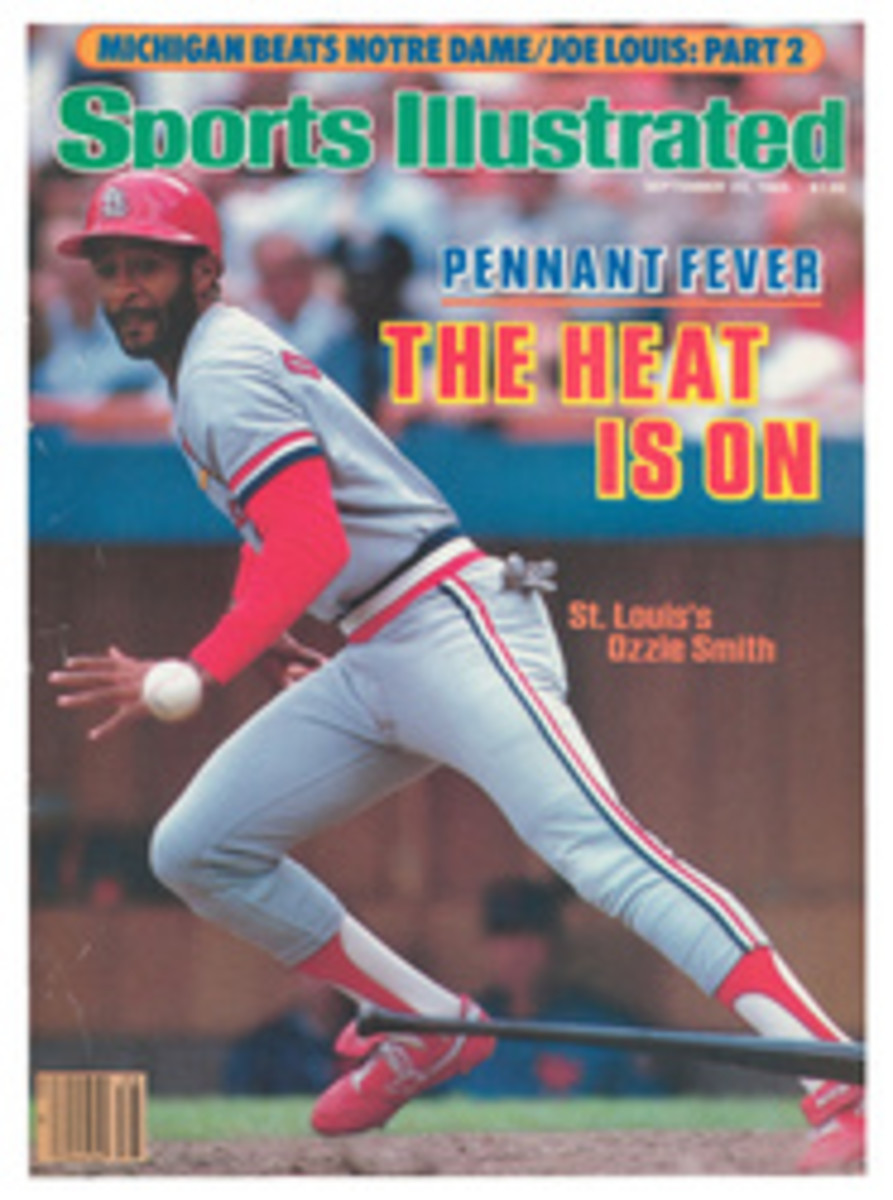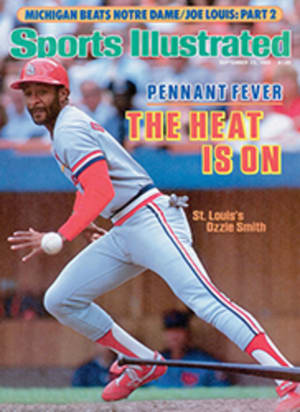
The Empire Strikes Back
The Ryder Cup started back in 1927, when an English millionaire seed merchant named Sam Ryder thought it would be sporting for the home-side professionals to take on the American pros in biennial team matches. Talk about bad ideas. Great Britain split the first four matches, then won only one of the next 21—in 1957. Great Britain added the rest of Europe to its side in 1979, but things didn't change. The Yanks won that year and again in 1981 and '83, making the score 21-3-1 as the teams convened for the '85 match last week at The Belfry, the home of the British PGA in Sutton Coldfield, outside of Birmingham.
As usual, it wasn't close. The final count after three days was 16½ to 11½. A yawner. Only this time the pros from Great Britain and Europe won the cup.
Sam Torrance, a Scot, put Great Britain-Europe over the top on Sunday when he beat U.S. Open champion Andy North one-up. They were even on the 18th tee, but North drove into the water, and when Torrance hit his second shot safely across the lake and onto the green, a gang of his teammates, plus captain Tony Jacklin, rushed onto the fairway and embraced him. Victory was near. When Torrance sank his 22-foot putt for a birdie, he raised his arms in triumph and 25,000 delirious Englishmen went bonkers.
"Never have I felt as wonderful as I feel today," Torrance said. "And never will I feel as wonderful."
Teammate Bernhard Langer, the German who won the '85 Masters championship and is known as the Luftwaffe, seemed near tears. "Twenty-eight years," he said. "That's my age."
Who pulled off this miracle? Langer and Spain's Seve Ballesteros are household names by now, and Britain's Sandy Lyle, the '85 British Open champion, may be one someday. But no one expected the Tiny Tots, Britain's Ian Woosnam and Paul Way, neither of whom stands much taller than a driver, to make eight best-ball birdies Friday afternoon and reverse the tide after the U.S. had taken a 3-1 lead that morning.
Then there was Spain's Jose-Maria Canizares, another mystery name, 38 years old, who was teamed with the equally unfamiliar Jose Rivero, a Spanish club pro—if you can believe it—for much of his career. On Saturday, when all sorts of misfortunes befell Team U.S.A., these guys destroyed America's leadoff team of Tom Kite and Calvin Peete by the embarrassing score of 7 and 5.
And how about Howard Clark, Torrance's partner in a key win over Kite and North? When Clark sank a 55-foot putt at the 15th hole Saturday, he and Sam did a little jig on the green.
Finally, on Sunday, there was Manuel Pinero. The U.S. was trailing by two points and desperate for a comeback when, in the first singles match, Pinero took on America's match-play shark, Lanny Wadkins—who in just three appearances on the European tour last year won more money than Pinero did playing full-time. So what happened? The diminutive Spaniard, a man with a whiplash swing, made three birdies on the back nine and routed a frustrated Wadkins 3 and 1. That all but ended the war.
Which is what U.S. captain Lee Trevino had called the Ryder Cup earlier: War. Everybody thought he was kidding, but by Sunday afternoon the U.S. team was crushed and had long since lost its poise. The Americans ended up muttering about innumerable imagined transgressions: opponents tramping into their putting line, hostile fans stepping on their balls in the rough, match officials prejudiced against them, and, yes, fans hissing at their wives.
But Team U.S.A. had no real excuses. The Belfry's Brabazon course, with its manicured, smooth fairways and manmade lakes, could have been lifted from a San Diego suburb, so American did it seem. And the weather was more Palm Springs than Turn-berry or Sandwich. Furthermore, this was no ragtag U.S. team. As Trevino had pointed out, Tom Watson and Jack Nicklaus did not play well enough to even make it. The U.S. had the supremely confident Wadkins and Ray Floyd, the kind of guys you would want on your side in a $100 Nassau. And also Curtis Strange, Tom Kite, Fuzzy Zoeller, Mark O'Meara, Craig Stadler, and on and on.
The U.S. was in the lead until Saturday morning when Stadler missed a two-foot putt on the last hole, leaving it a hairbreadth to the left. Whereupon he reached for the back of his neck and gave a yank, perhaps trying to throw himself into the nearby lake. His miss blew a win over Langer-Lyle and, more disturbing, the U.S. had shown itself vulnerable.
"In the past, it was always us who missed those putts," said Jacklin. "That has to crush them."
Great Britain-Europe led 9-7 after Saturday's play, and that night, literally in the dark, six of the Americans hit balls on the practice tee while their wives ran back and forth to the clubhouse to put in dinner orders.
Sunday, Trevino led off with his strength for the concluding singles. The Americans needed a good start, but in eight of the matches they made a bogey before they made a birdie, and that is not the way to win at match play. Europe won four of the first six matches and halved another when Ballesteros came flying out of nowhere with birdies on three of the last five holes against Kite.
It was left to Wadkins to make defeat official with the standard loser's lament, not expressed by an American in 28 years. "Wait till next time," he said.
PHOTO
DAVID CANNON/ALL-SPORT
PHOTO
DAVID CANNON/ALL-SPORT
Down three holes to Kite, Ballesteros pulled even, unleashing a late barrage of birdies.
PHOTO
DAVID CANNON/ALL-SPORT
Stadler probably thought only hackers missed two-footers.
PHOTO
DAVID CANNON/ALL-SPORT
Tiny Tots Woosnam and Way were on top of things from the start to the bubbly finish.

